
The holidays are a joyous time as family and friends gather for parties, dinners and get-togethers. However, they can also be a difficult, stressful time on so many levels, and especially for those who might not yet have disclosed their hepatitis B to loved ones. You may have been recently diagnosed, or decided this is the year you’re going to let them know about your status. If you’re not there yet, that’s okay, but consider making this the year you choose to disclose.
Enjoy and celebrate the holiday cheer, but …alcoholic beverages may be an issue during this time, and it may be tempting to indulge. The most important thing to do is not pick up that drink no matter what! Hepatitis B and alcohol is a dangerous combination. Here are some tips that may help you politely refuse a drink:
- Practice saying no
- Prepare a reason for not drinking (i.e., “Sorry, I’m taking mediation and I can’t drink.” or “My stomach is upset and I want to enjoy all this food.”)
- Leave the event early if you feel uncomfortable.
- Find others who are not drinking.
- Choose a non-alcoholic drink – sparkling water with fruit is a healthy option!
- Volunteer to be the designated driver. You may suddenly find you have many friends!
You might want to think long and hard about disclosing your status to coworkers and acquaintances. Only you know for sure, but family and close friends can become a new source of support for you moving forward. If the holidays inspire you to share your status, you may start with talking about your family’s health history. Even though hepatitis B is not genetic and does not run in families like some other chronic diseases, it is possible that you may have hepatitis B because you were exposed to it from an infected family member, possibly at birth or by accidental household exposure; 90% of babies and 50% of young children who were infected with hepatitis B become chronically infected. It is also important to talk about hepatitis B if there is a history of liver disease and cancer in your family. Having hepatitis B can put you at an increased risk of developing liver disease and liver cancer during your lifetime.
Here are some other considerations:
- Choose a time when there will not be too many distractions.
- Think about whether your loved ones will be open and accepting.
- Bring up an interesting fact to open up the conversation.
- Ask a relative about their health history.
- Try to break stereotypes surrounding hepatitis B.
- Encourage your family members to get tested, vaccinated, or treated.
- Family members may mention that “an uncle had liver problems”, or “died of cancer”, but not know if it was related to hepatitis B.
- Be prepared with a printed fact sheet or video from the Hepatitis B Foundation or material from the Know Hepatitis B campaign!
Disclosure can be scary and make you anxious! When you are disclosing to a loved one, their response is out of your control, but their response might surprise you. Be prepared with simple explanations about hepatitis B. A Google search may highlight frightening statistics, so be sure to reassure loved ones that HBV is controllable and manageable.
Take a look at the videos from our #justB storytellers about how HBV has impacted their lives, and share them with family members. We must all do what we can to break the silence about hepatitis B so we can get more people tested and into care, and reduce stigma and discrimination!
For more tips on how to navigate the holidays with hepatitis B, check out our previous post here.


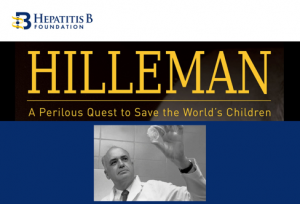







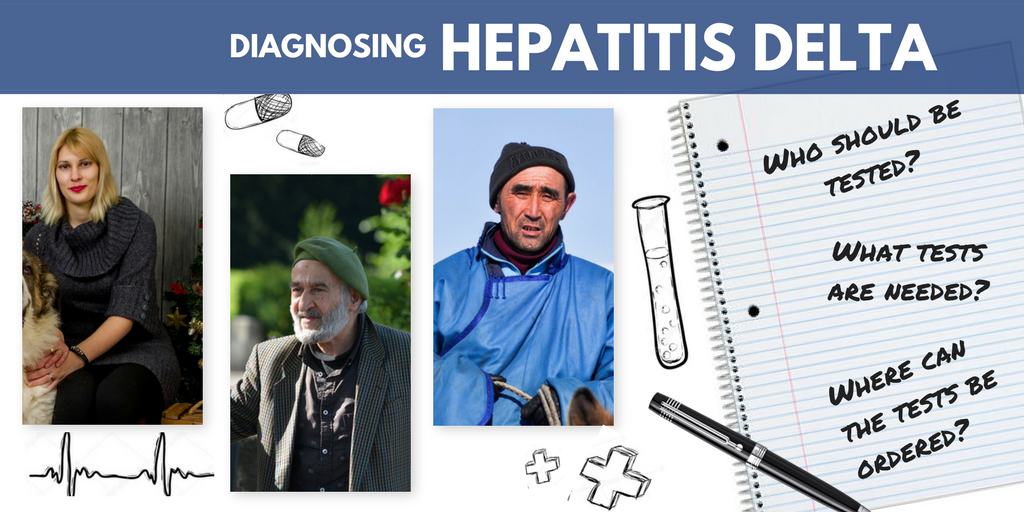

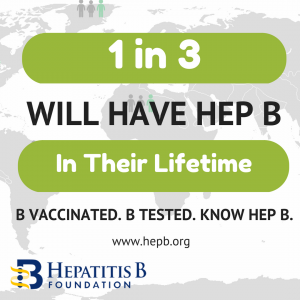 While
While 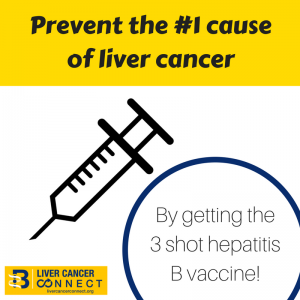 For more information on hepatitis B vaccine in babies or children, consult the “
For more information on hepatitis B vaccine in babies or children, consult the “
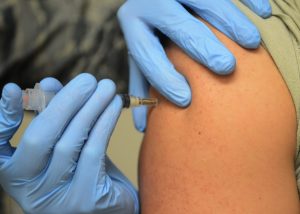 The
The